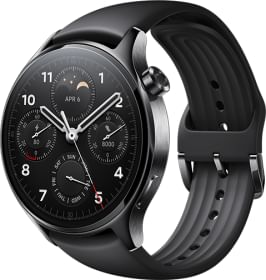On Tuesday, Qualcomm announced its collaboration with Google on a RISC-V Snapdragon Wear chipset. The new processor will power the next-generation Wear OS devices. The new chipset is touted to offer high performance while consuming low power, ideal for compact smartwatches with limited resources. This also marks Qualcomm’s shift away from ARM after the recent controversies.
What Is RISC-V?
RISC-V, pronounced as “risk five,” is an open-source instruction set architecture to develop custom processors. The technology allows any company to build custom cores for a range of devices, ranging from IoT to high-end smartphones, wearables, computers, etc. Per Qualcomm, the technology enables more companies to enter the marketplace, promoting innovation and competition.

How Does RISC-V Benefit The Industry?
In a press release, Qualcomm says, “RISC-V’s openness, flexibility, and scalability benefits the entire value chain – from silicon vendors to OEMs, end devices, and consumers.” It is important to mention that Qualcomm and Google, along with Samsung, are a part of the new RISE semiconductor development consortium. Hence, this should also benefit the South Korean giant in building custom chips for its host of devices.
Currently, Qualcomm relies on ARM to assemble its processors, from the entry-level models to the top-tier Snapdragon 8 series. However, due to its disputes with the cores provider, Qualcomm is working on shifting from ARM cores to RISC-V CPUs. Introducing such cores to Wear OS will pave the way for the cores to the Android ecosystem.
In the future, the company could launch full-fledged smartphone processors based on RISC-V technology. However, Qualcomm will announce the product launch of the RISC-V wearable-based solution later.
You can follow Smartprix on Twitter, Facebook, Instagram, and Google News. Visit smartprix.com for the most recent news, reviews, and tech guides.































